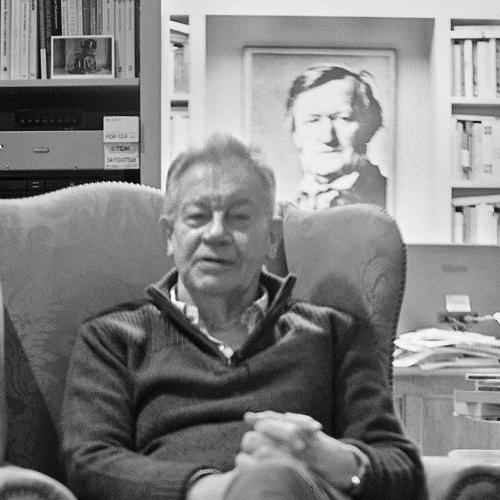COMPOSERS: Beethoven
LABELS: Avie
WORKS: 32 Piano Sonatas
PERFORMER: Daniel-Ben Pienaar (piano)
CATALOGUE NO: AV2320
Here is a key sentence in Daniel-Ben Pienaar’s rather opaque introduction to his complete recording of the ‘New Testament’ of the piano: ‘The performer’s role is assumed to be [by people of whom Pienaar disapproves] somehow to “transmit” [Beethoven’s] revelations through keeping in check the very same impulses in himself, implying that it is somehow indecent not to convey a sense of respectfulness at all times in his very readings.’ The desirable alternative, as Pienaar sees it, is to ‘make it new’ by ‘creative’ interpretation. One sees what he means, and I applaud the direction of his intentions. But in the event he has produced what I suspect is a love-it-or-hate-it account of these works, and on the whole I fell into the latter camp. Quite apart from the surprising elements in his interpretations – dynamics, rhythms, tempos and tempo modifications – there are clear mannerisms which pervade all the performances, and which seem to strike an old-fashioned note: a tendency to play the left hand very slightly before the right; sometimes spreading chords when a unitary attack is clearly required; a habit, almost, of garbling fast passages by smudging the notes; and over-pedalling so that we end up in a virtually Debussyan haze. If the aim is spontaneity, or the impression thereof, it fails as repeated mannerism always does.
These are not, with certain exceptions, probing performances. Some of Beethoven’s profoundest statements are reduced to showpieces. The exceptions, such as the Pathétique Sonata, are highly rhetorical anyway and thus suit Pienaar’s treatment. The paradoxical quality of his approach is exposed most clearly in the Hammerklavier Sonata, greatest of the works. The immense slow movement is pulled around so much as to be hardly recognisable; but the last movement, the fugue before which all performers and listeners must quail, makes such demands on the pianist’s technique – any pianist – that here it emerges strongly and unidiosyncratically.
It may be tempting to get a set of the sonatas at bargain price, but unless the performer is one of the true greats, it is wiser to invest in a variety of interpretations.
Michael Tanner
